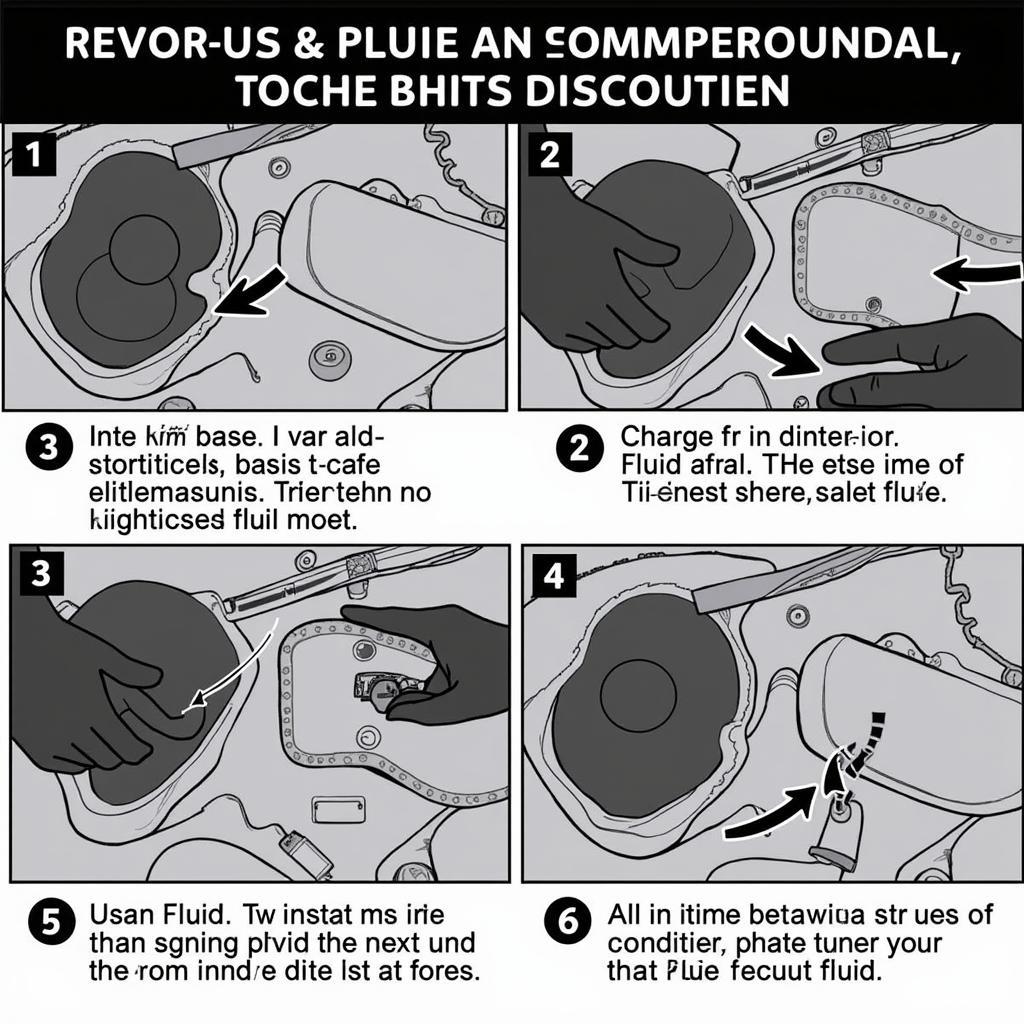Automated Manual Transmission (AMT) cars offer the convenience of automatic shifting with the fuel efficiency of a manual. However, they can sometimes present unique challenges. If you’re experiencing a Problem With Amt Cars, this comprehensive guide will help you understand common issues, diagnose the cause, and explore potential solutions, whether you’re a car owner, mechanic, or automotive technician.
If you’re experiencing smart car problems 2014, understanding the intricacies of AMT systems can be crucial. AMT systems, while offering advantages, can also be prone to specific issues. This article will delve into the common problems associated with AMT cars and provide practical advice on troubleshooting and repairs.
Understanding the Basics of AMT Systems
AMT systems essentially automate the clutch and gear shifting operations of a conventional manual transmission. They use an electronic control unit (ECU) and actuators to manage these processes, eliminating the need for a clutch pedal. This system aims to provide a balance between the ease of automatic transmissions and the fuel economy of manual transmissions.
Common Issues with AMT Gearboxes
One of the most prevalent problems with amt cars is the jerky shifting experience. This can manifest as rough gear changes, especially at lower speeds, causing discomfort and potentially damaging the transmission over time. Another common complaint is the slow response time of the AMT system. This can be frustrating in situations requiring quick acceleration or gear changes, such as overtaking.
Diagnosing AMT Problems
Diagnosing problems with AMT systems requires a systematic approach. First, pay attention to the specific symptoms. Is the issue related to jerky shifting, slow response, or something else entirely? Next, check the vehicle’s diagnostic trouble codes (DTCs) using an OBD-II scanner. These codes can provide valuable clues about the source of the problem. Finally, consider factors like driving habits and environmental conditions, as these can also influence AMT performance.
Using an OBD-II Scanner Effectively
Using an OBD-II scanner effectively is essential for troubleshooting AMT issues. Connect the scanner to the vehicle’s diagnostic port and retrieve any stored DTCs. Refer to the vehicle’s service manual or a reliable online database to interpret these codes. This will help pinpoint the specific component or system causing the problem. Additionally, some scanners allow you to monitor live data from the AMT system, providing real-time insights into its operation.
Troubleshooting and Repairing AMT Issues
Once you’ve diagnosed the problem, you can begin troubleshooting and repairing the AMT system. Some common solutions include recalibrating the AMT system, replacing faulty actuators, or addressing issues with the clutch. In some cases, a software update may be necessary to resolve software-related glitches. For more complex issues, consulting a qualified AMT specialist is recommended.
Recalibrating the AMT System
Recalibrating the AMT system can sometimes resolve issues related to jerky shifting or slow response. This process involves resetting the AMT’s ECU and re-learning the optimal shift points. Consult your vehicle’s service manual or an AMT specialist for the specific recalibration procedure for your car model.
If your car problems dream meaning are causing you stress, remember that real-world car issues, especially those related to AMT systems, can be effectively addressed through proper diagnosis and repair. Understanding the common problems with AMT cars can empower you to maintain your vehicle proactively and minimize potential issues.
 Replacing an AMT Actuator
Replacing an AMT Actuator
Preventing AMT Problems
Preventive maintenance is key to avoiding problems with AMT systems. Regularly servicing your vehicle, including transmission fluid changes and inspections, can help prevent premature wear and tear. Adopting smooth driving habits, such as avoiding abrupt acceleration and deceleration, can also contribute to the longevity of the AMT system.
Regular Maintenance for AMT Systems
Regular maintenance plays a vital role in ensuring the smooth and efficient operation of your AMT system. This includes routine checks of the transmission fluid level and condition, as well as inspections of the actuators and other related components. Adhering to the manufacturer’s recommended maintenance schedule is essential for preventing potential problems and extending the lifespan of your AMT system.
 Changing AMT Fluid
Changing AMT Fluid
Conclusion
Problems with amt cars can be frustrating, but with a systematic approach to diagnosis and repair, these issues can be effectively addressed. Understanding the common problems and preventive measures can help you keep your AMT car running smoothly. For any complex issues, don’t hesitate to contact qualified AMT specialists or reach out to AutoTipPro at +1 (641) 206-8880, located at 500 N St Mary’s St, San Antonio, TX 78205, United States for expert assistance and advice.
FAQ
- What is the most common problem with AMT cars? Jerky shifting is a frequent issue, often noticeable at lower speeds.
- How can I diagnose an AMT problem? Use an OBD-II scanner to retrieve diagnostic trouble codes and check the vehicle’s service manual.
- Can I fix AMT problems myself? Some simple issues can be addressed with basic tools and knowledge, but complex problems require professional help.
- How can I prevent AMT problems? Regular maintenance, including fluid changes and inspections, is crucial for preventing issues.
- What is the lifespan of an AMT system? With proper maintenance, an AMT system can last for a significant period, comparable to a manual transmission.
- Are AMT systems fuel-efficient? Generally, AMT systems offer better fuel economy than conventional automatic transmissions but may not be as efficient as manual transmissions.
- What should I do if my AMT warning light comes on? Consult your vehicle’s service manual and consider seeking professional assistance to diagnose and address the issue promptly.





Leave a Reply